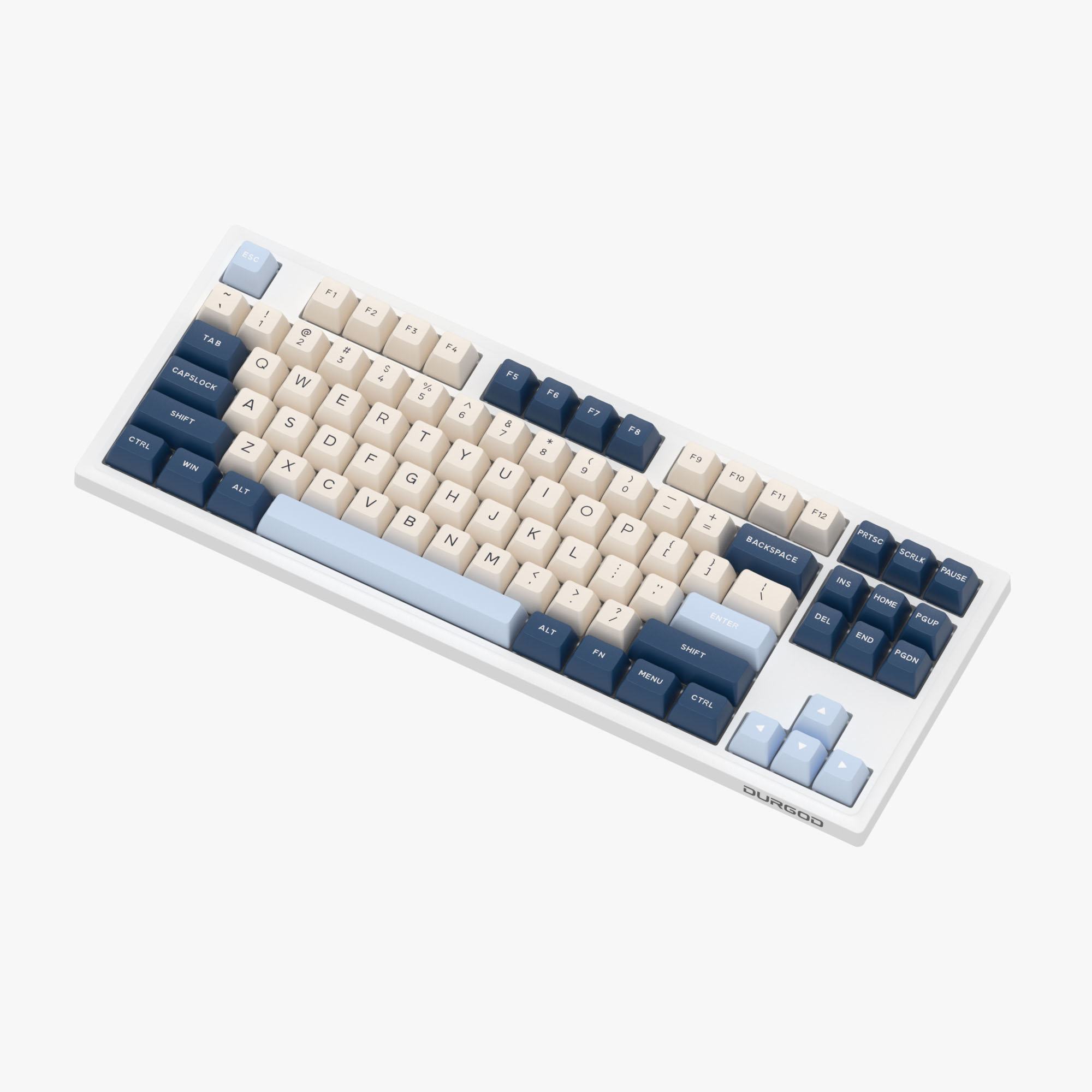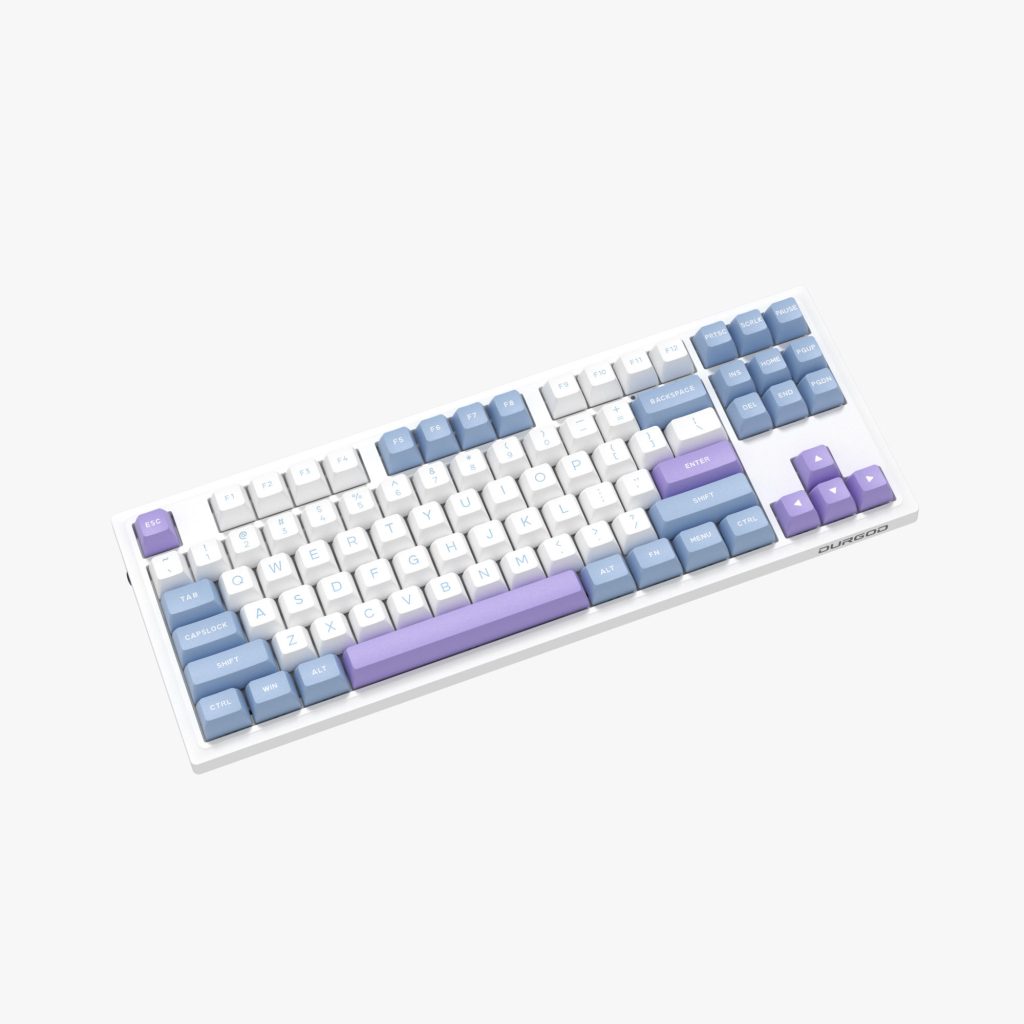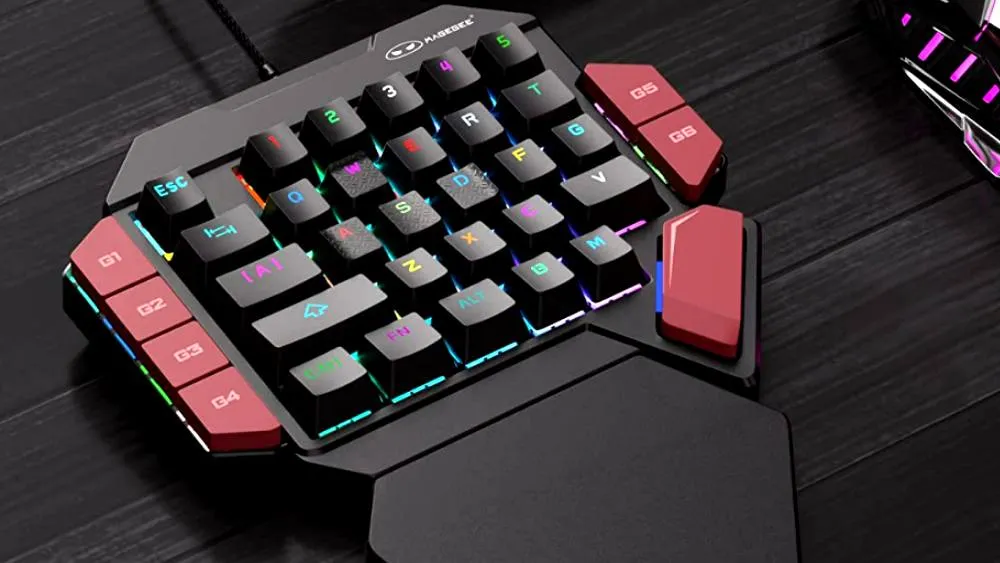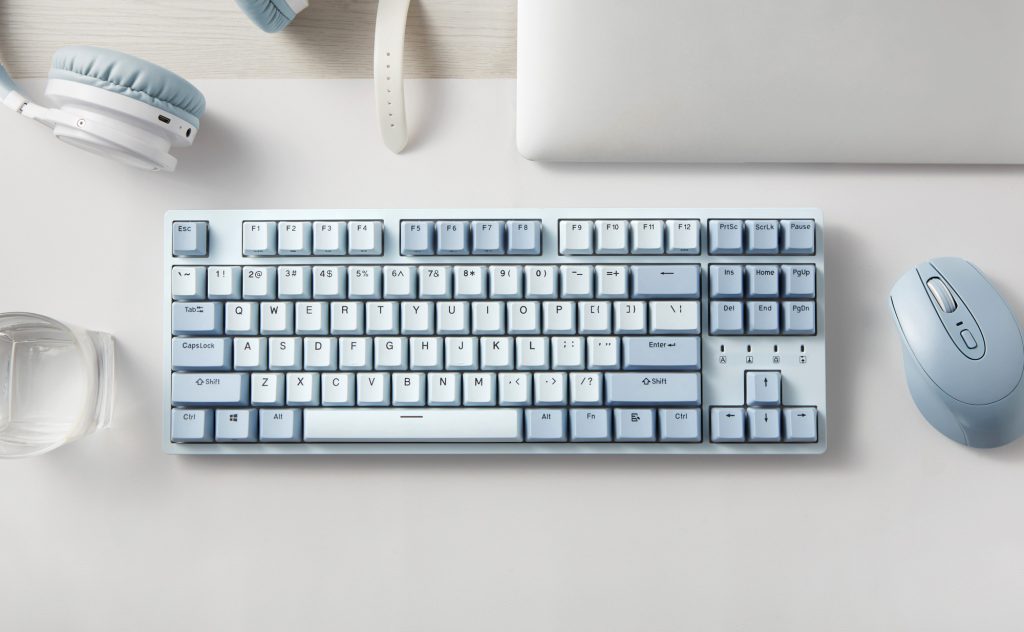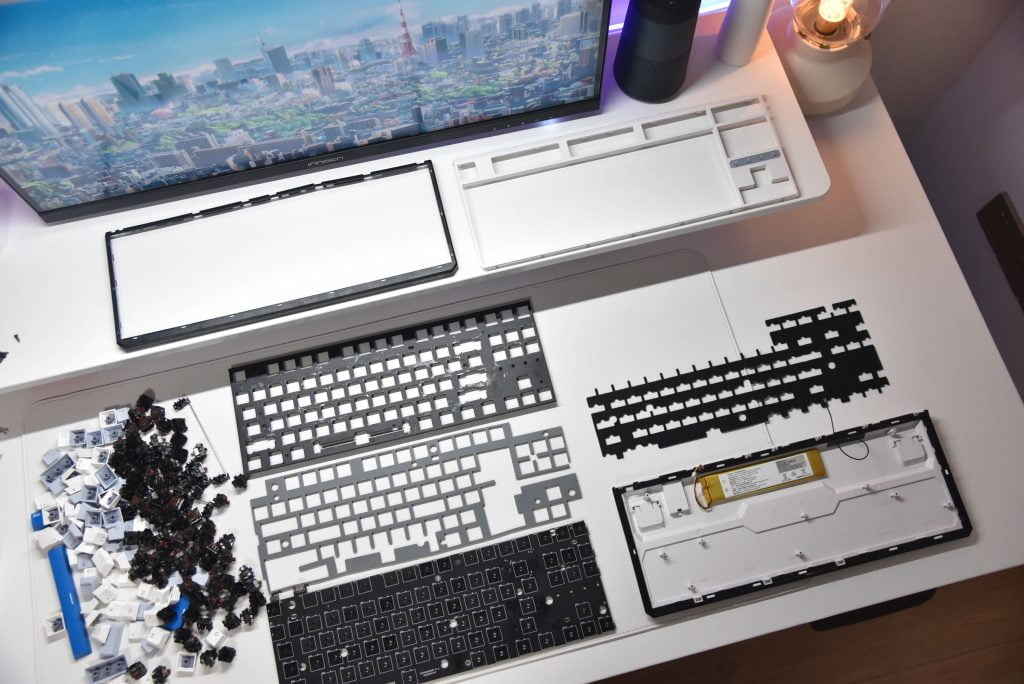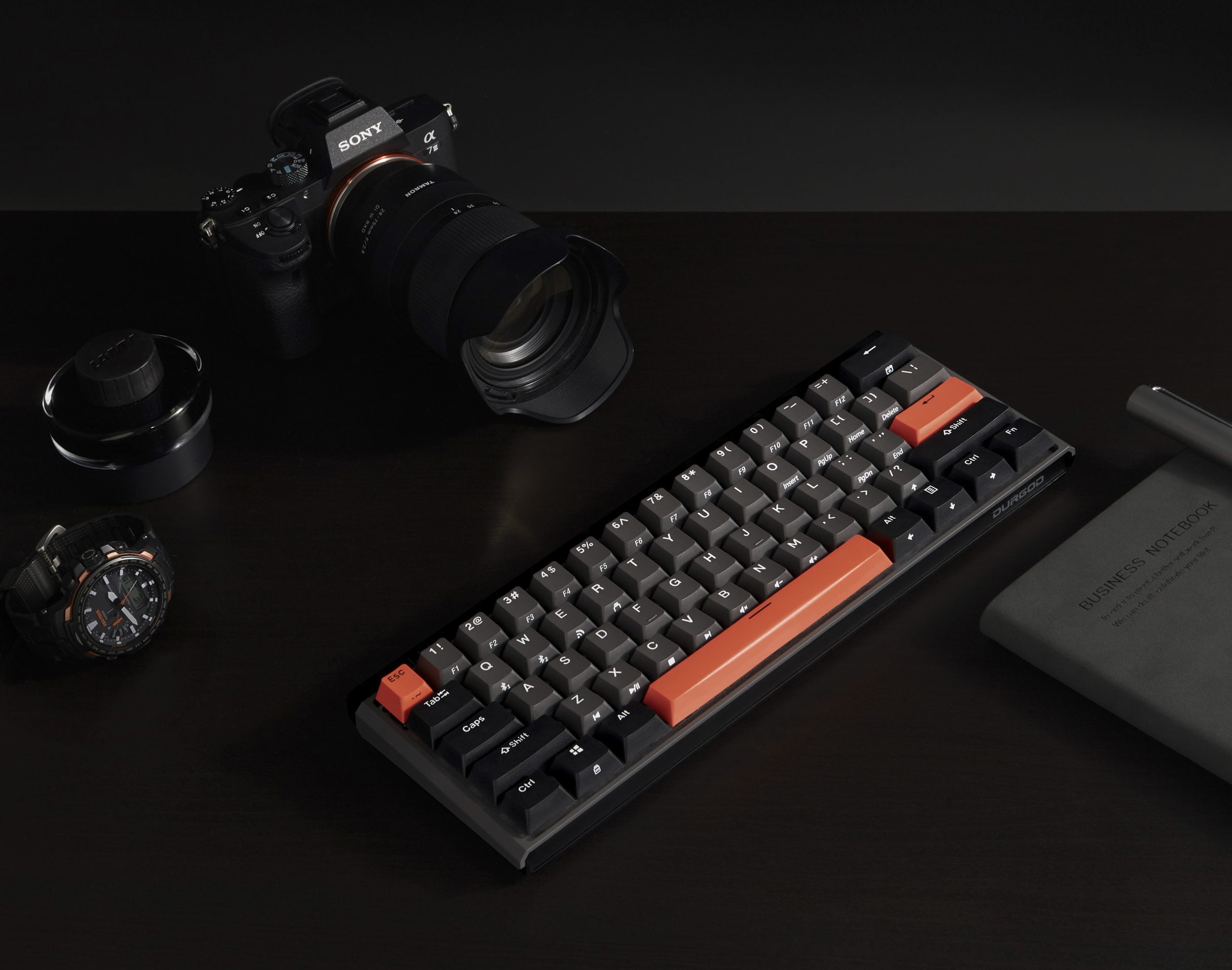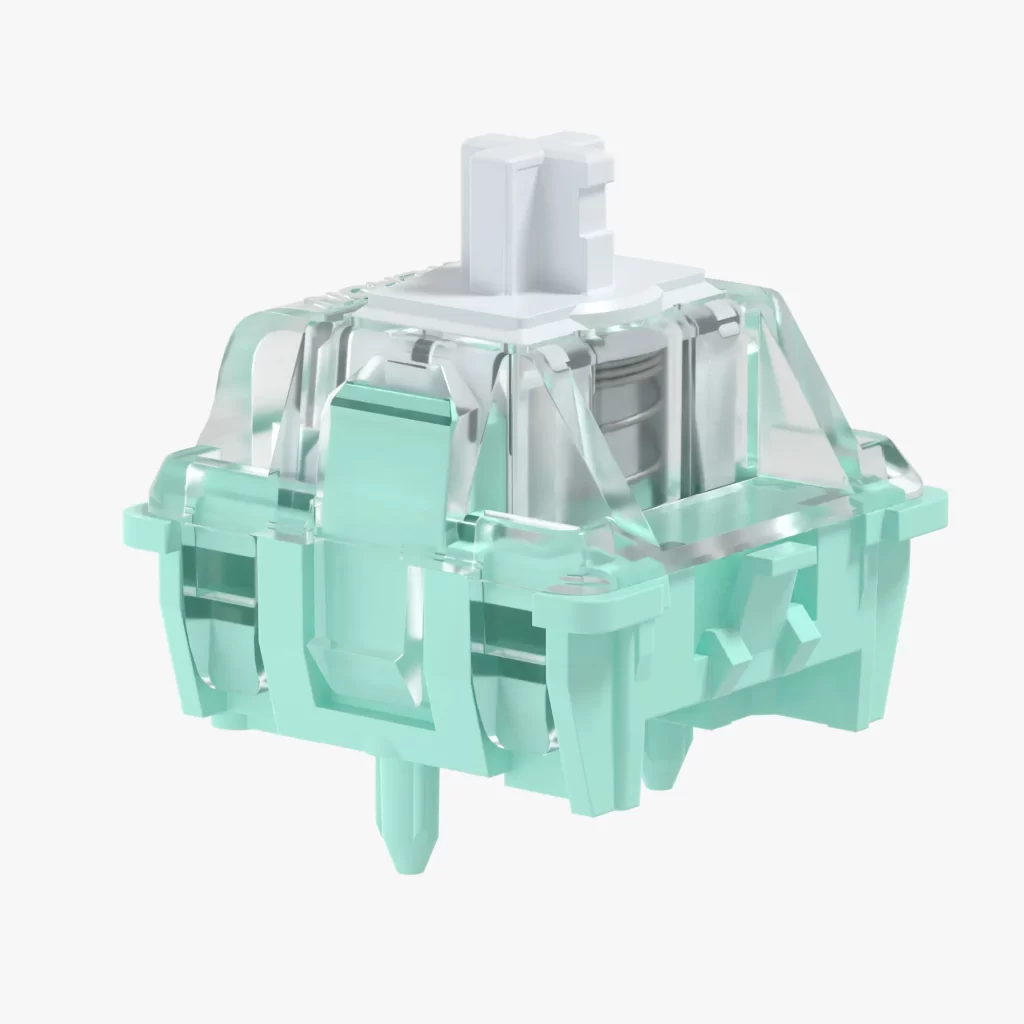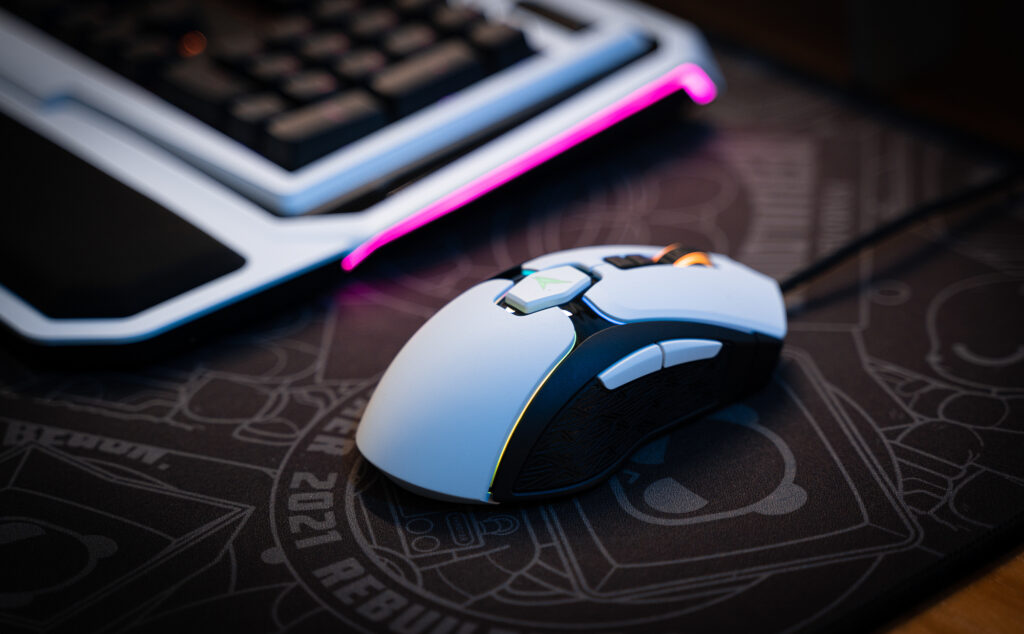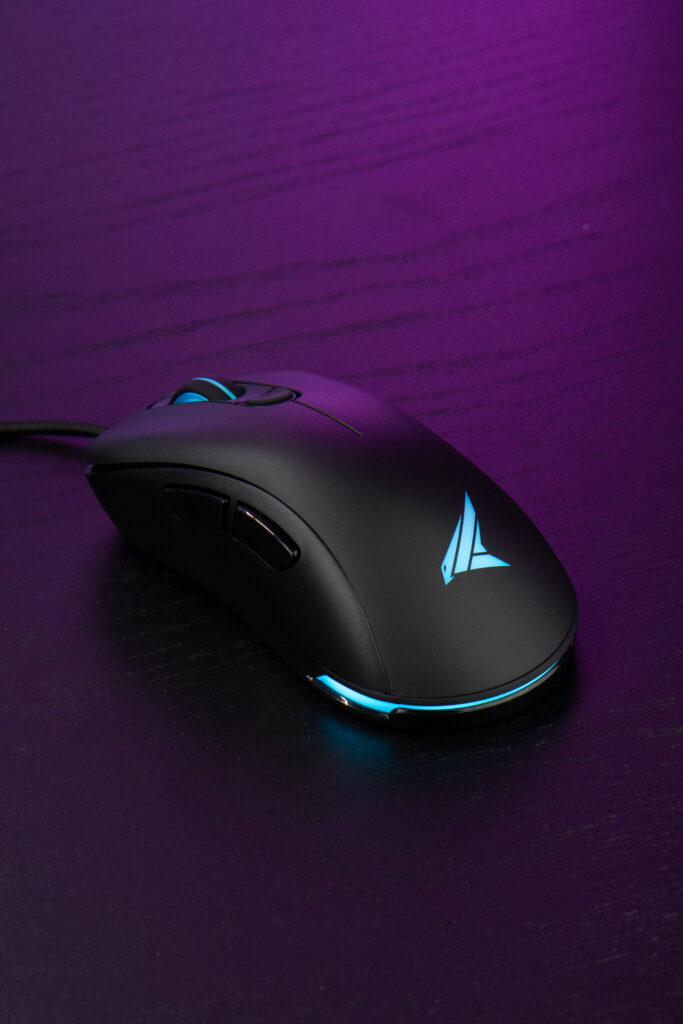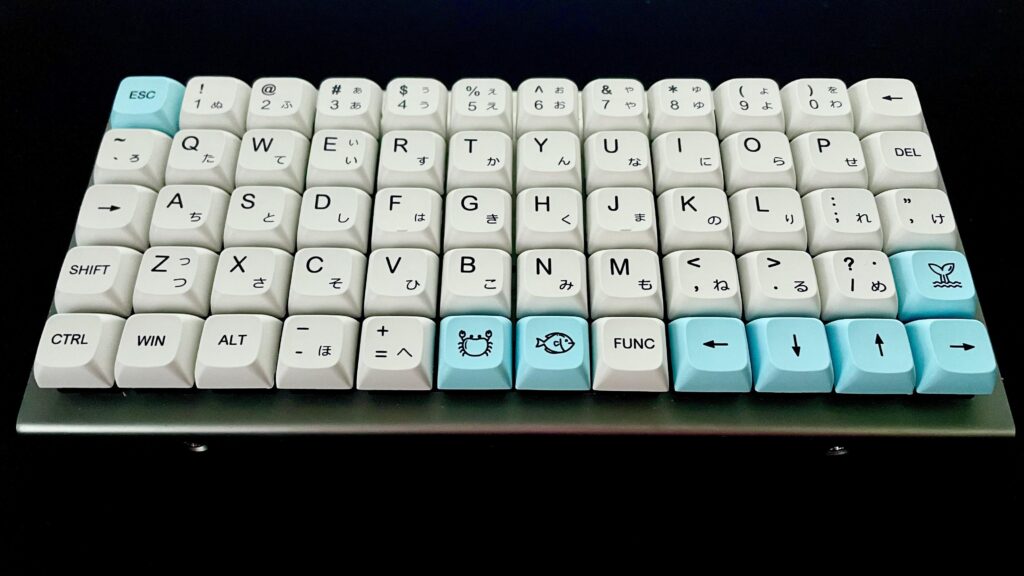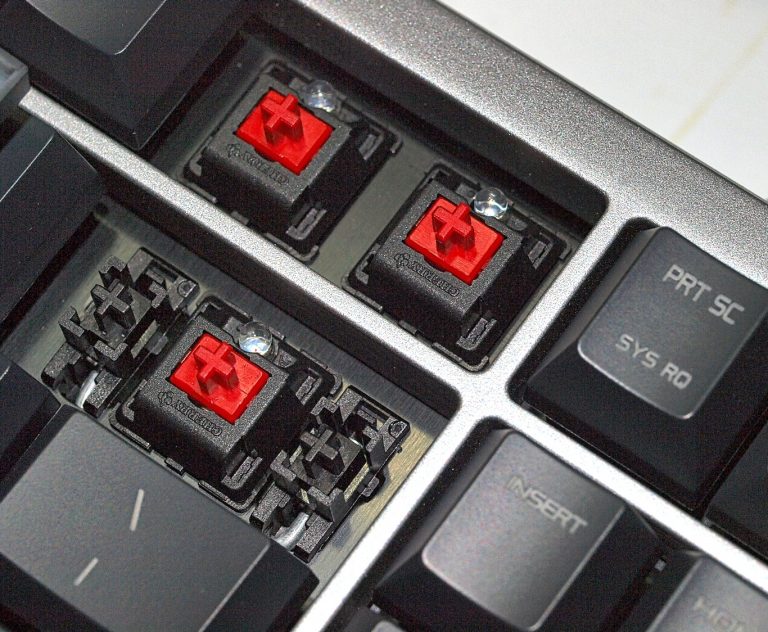Customizing a mechanical keyboard with new keycaps is an exciting process, yet it raises the question: Will any set of keycaps fit any keyboard? The compatibility of keycaps with a keyboard hinges on various aspects related to both the keycaps and the keyboard’s construction. For enthusiasts aiming to personalize their mechanical keyboards, understanding keycap compatibility is vital.
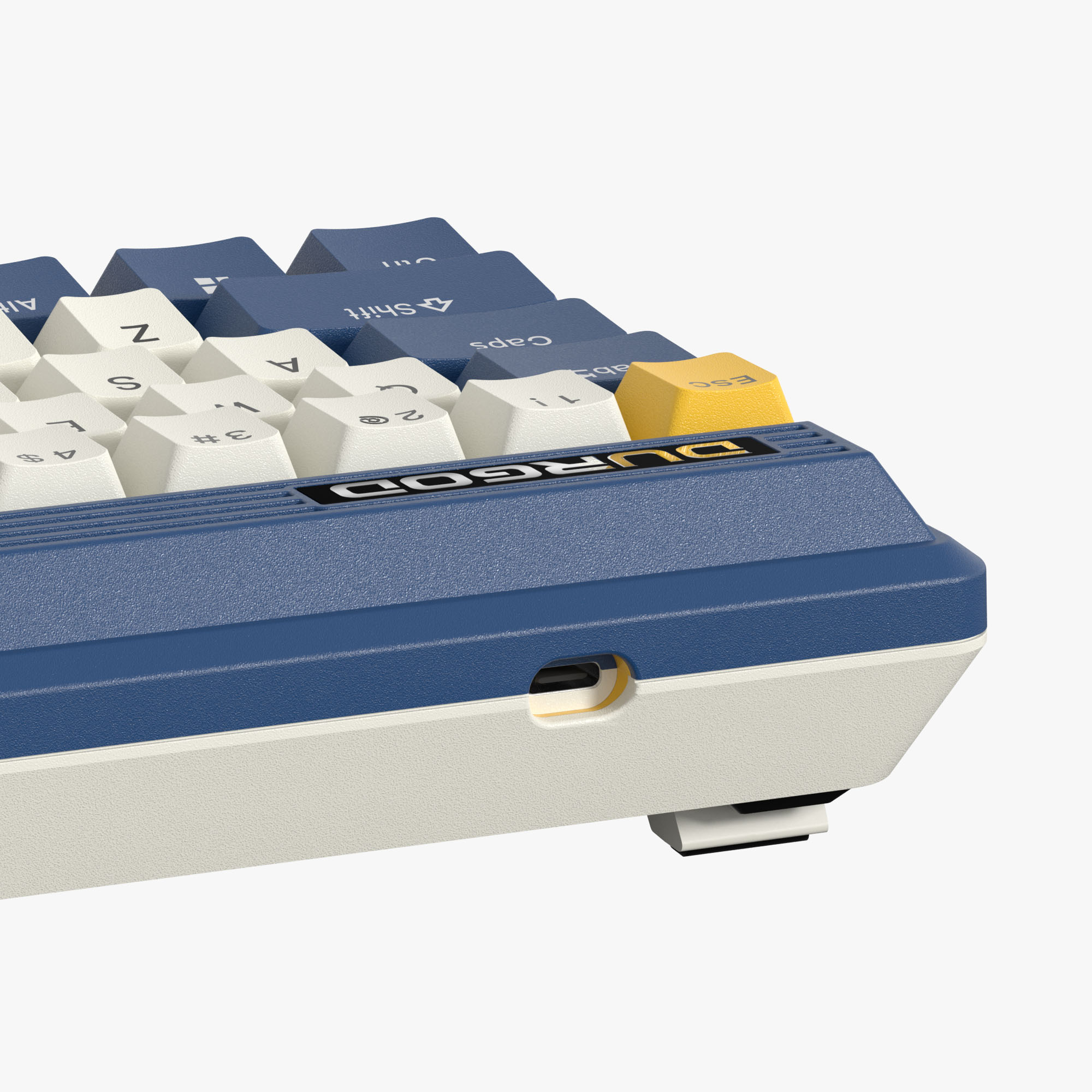


Factors Influencing Keycap Compatibility
- Keycap Profile:
- Keycaps are designed in different profiles, such as SA, DSA, Cherry, and OEM. Although most are compatible across switch types, the user’s typing experience may differ with each profile.
- Stem Design:
- The stem connects the keycap to the switch. Most mechanical keyboards feature Cherry MX-style stems (cross-shaped). For compatibility, the keycap’s stem must match the switch’s design.
- Keyboard Layout and Size:
- Keyboards vary in layouts (e.g., ANSI, ISO) and sizes (full-size, tenkeyless, 60%, etc.). A keycap set needs correctly sized and shaped keys, particularly for unique keys like spacebar, enter, and shift.
- Keycap Material and Quality:
- While the material (ABS, PBT, etc.) doesn’t directly impact compatibility, the overall build quality can affect fit. Poorly manufactured keycaps may not properly attach even if they are the correct type.
General Compatibility Guidelines
- Standard vs. Non-Standard Layouts:
- Keyboards with standard layouts generally accommodate a broader range of keycap sets. However, those with non-standard layouts may need specific keycap sizes for certain keys.
- Custom and Gaming Keyboards:
- Some gaming and custom keyboards feature unique layouts or additional keys, potentially limiting compatibility with standard keycap sets.
- Switch Compatibility:
- The majority of mechanical keyboards utilize Cherry MX-style switches or clones, supporting most keycap sets. Keyboards with alternative switch designs may require specialized keycaps.
Considerations Before Buying Keycaps
- Check Your Keyboard’s Layout:
- Determine your keyboard’s layout and size, focusing on non-standard keys that might need specific keycap sizes.
- Examine Switch Stems:
- Confirm that the potential keycap set has stems compatible with your keyboard’s switches.
- Quality and Aesthetics:
- Beyond compatibility, assess the keycaps’ quality, material, and design to ensure they meet your typing preferences and style.
- Availability of Key Sizes:
- For non-standard layouts, ensure the keycap set includes all necessary sizes for your keyboard.
Conclusion
While many keycaps offer interchangeability among mechanical keyboards, outright compatibility isn’t guaranteed. Keycap profile, stem design, keyboard layout, and size are decisive factors in whether a set of keycaps will fit your keyboard. For those planning to customize their mechanical keyboards, grasping these aspects is crucial. Research thoroughly or consult the keyboard or keycap manufacturer to confirm compatibility before purchasing.
For more knowledge of mechanical keyboards, visit DURGOD.



